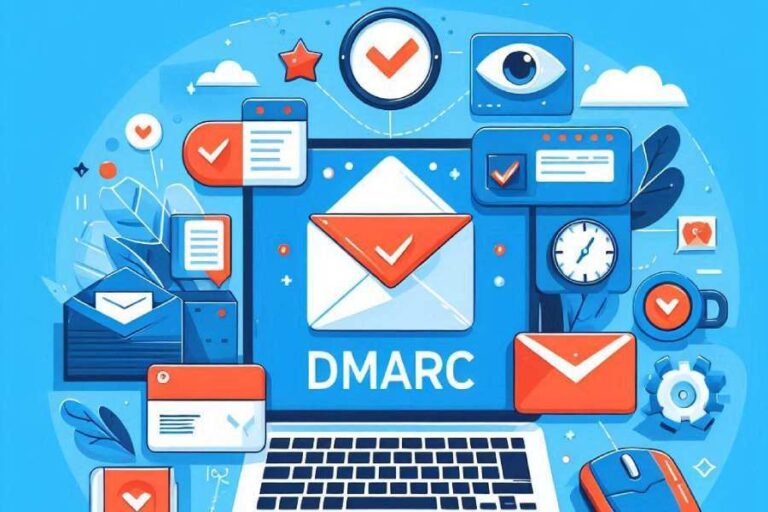Ministers Face Scams, Conduent Data Breached, Uk Faces Threats
Hello people! Another week, and another dose of cyber news, curated just for you! Hope you all have been safe from the malicious attempts of threat actors. This week, we will talk about the recent X account hacking case of a minister in the UK. Then we will discuss Conduent’s January data breach. Lastly, we…








